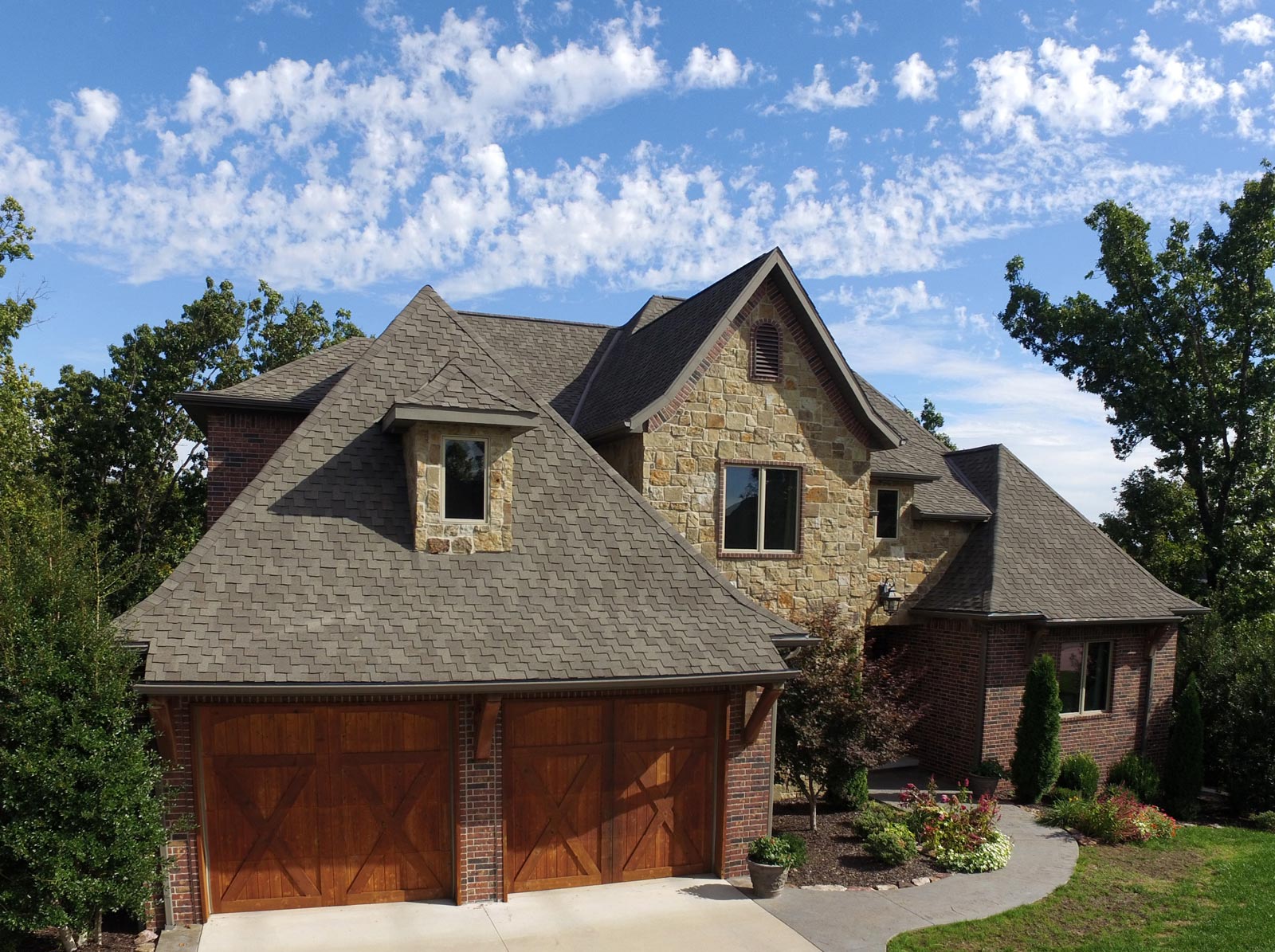Four out of five homes in the U.S. have asphalt shingles on their roof. And it’s easy to see why. The wide variety of available colors and styles, combined with durability and affordability, has made asphalt shingles the leading choice for residential roofing in the country.
But, like all exterior building products, asphalt shingles start to age as soon as they are exposed to nature. Buildings experience aging factors differently, so it’s difficult to predict how long shingles will last. With storm chasers and insurance adjusters claiming roof damage or defective shingles after major weather events, it’s important for homeowners to arm themselves with information about what type of roof aging is normal, and most importantly, what is not.
What is normal?
It’s natural for a roof to age, and the process begins as soon as shingles are exposed to nature. The sun can raise rooftop temperatures as high as 50-70 degrees above the ambient air temperature. Ultraviolet radiation from the sun and heat have been shown to accelerate roof aging, as have pollution, hail, snow, ice, falling tree limbs and people walking on a roof.
Here are a few common signs of aging shingles:
Curling is a common phenomenon in some shingles, and is not considered a defect. It is natural for asphalt to age and shrink with time, which may result in a slight curling of the shingle edge.
Minor cracks may also appear on the shingles as they age, but industry experts say it is a normal weathering characteristic and not cause for alarm, as long as the cracks do not penetrate through the shingle and the roof is still performing the intended purpose of shedding water. “Minor cracks may not be noticeable from the ground, but people often spot them while hanging their Christmas lights,” said roofing industry expert Rick “the Roofer” Taylor, a longtime roofing contractor now working as a traveling trainer for shingle manufacturer TAMKO Building Products. “The intense heat from the sun can deplete some of the protective asphalt oils, and that can cause minor cracks.”
Dark brown or black streaks down the roof are common in particularly moist or humid areas of the country and are the result of algae growth on the shingles. While not particularly attractive, these stains should not affect the shingles’ ability to shed water.
Some granule loss on the shingles is to be expected, especially if a roof has been recently repaired or replaced since extra granules are a part of the shingle manufacturing process. Loose granules are usually noticed collecting in roof gutters after the shingles are installed. This type of granule shedding is common and not a cause for concern.
What is cause for concern?
While minor curling, surface cracking, closed blisters, algae stains and some granule loss can all be signs of roof aging, some more serious roof wear and aging could be indicative of a potential problem, and should be examined and monitored.
These roof issues may need attention:
Blisters, or small circular raised areas are often the direct result of under-ventilated attics or excessive use of plastic cement — both of which are installation errors. If the blisters are closed and are not affecting the shingles’ performance, they are not a cause for concern. But, if the blisters are open, exposing the asphalt, the roof is vulnerable to water penetration and requires immediate attention.
Buckling, a distortion of the shingles can be a possible sign of inadequate roof ventilation, issues with the roof deck or other installation error and may require attention.
Deep cracks that penetrate through the fiberglass mat should be investigated, as they may compromise the roof’s ability to shed water and make it susceptible to leaks.
Excessive granule loss that exposes the shingles’ asphalt layer is a reason for concern and requires immediate attention.
Armed with this basic information, homeowners should be able to distinguish between natural processes that are no cause for alarm and issues that do require attention and repair. Visit
www.tamko.com for more information about roofing repair and replacement.
Heritage® Vintage®—Weathered Wood
